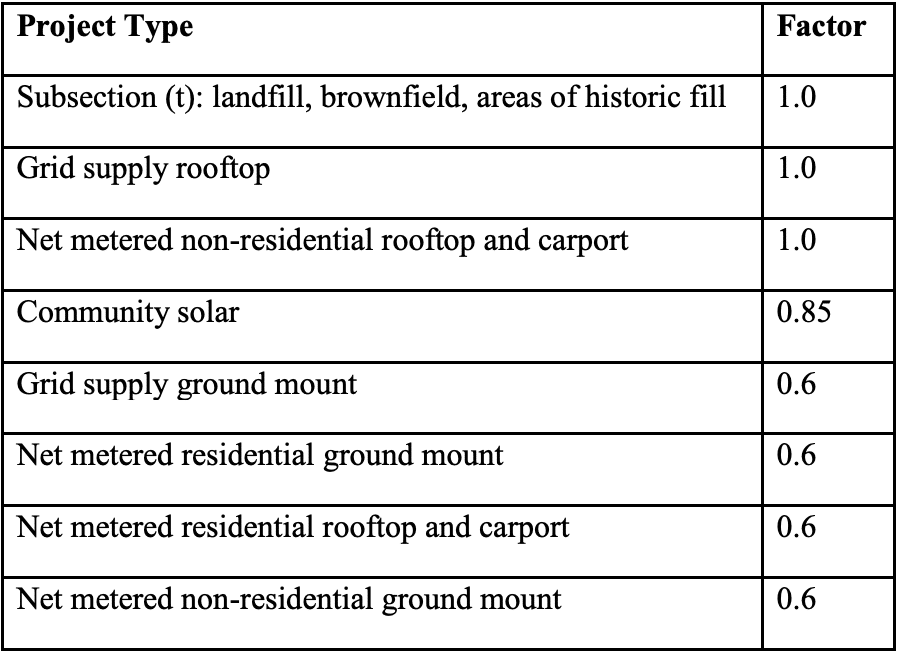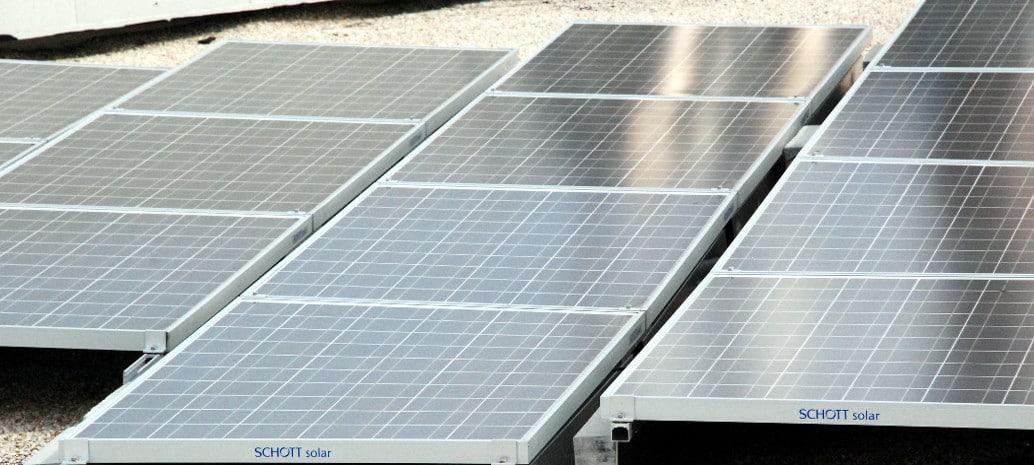Consciously, we live not just in the present, but in the meantime. Things have happened in the past and things will happen in the future. In the meantime, here we are, living, coexisting, thriving sometimes and treading water at others.
New Jersey used to have a Solar Renewable Energy Certificate (SREC) Program. In the future, the state will have a successor incentive program. However, as previously stated, we live not in the future nor the past, so in the meantime, the state has approved a transitory solar incentive program.
The new transitional program will apply to all projects entered into the SREC pipeline after October 29, 2018 but have not yet reached commercial operation at the time the Board determines that the preset benchmark of solar meeting 5.1% of peak demand has been reached. The New Jersey Board of Public Utilities (NJBPU) shares that the transitional program will consist of “Factorized, fixed-price, 15-year Transition Renewable Energy Certificates (TREC).” In reality, NJBPU didn’t lay out the final transitional rates, just how those rates will be determined.
We won’t know the true value of the TRECs for a bit longer, as NJBPU has outlined that those rates will be determined during a cost-cap proceeding in early 2020. The main issue to be decided at the proceeding will be determining “If there is sufficient headroom for a flat 15-year TREC price of $152, or if the Board will maintain a lower price of $65 for the first three years and $189 for the remaining 12 years.”
Once that price is determined, we’ll get to what we do know, which is the “right size” the incentive value assigned to each individual solar project. These incentives are the multiplier that will be factored into the determined TREC value, which, in the meantime, does not exist.

As we can see, the NJBPU places the highest value on brownfield, grid supply rooftop, and net metered commercial and industrial (C&I)/carport projects, which is no surprise. Community solar gets represents the midpoint in compensation, while ground-mount grid supply, residential net metering and C&I ground mount projects receive just 60% of the credit rate. So, in the eyes of the NJBPU, the most valuable non-utility-scale solar installations are those that serve the grid or or high-demand entities, which was to be expected.
According to the U.S. Energy Information Administration, New Jersey meets just under 5% of peak electrical demand with renewable energy. The majority (3/4) of that 5% comes from solar. Roughly estimating, that means about 3.75% of peak electrical demand is met by solar in the Garden State, which gives the indication that this transitionary rate will be around for a bit, but not extraordinarily long.
It’s likely that the final rate will be structured similarly to this transitional one in how different types of projects are compensated, with the big change being the final REC value plugged into the multiplier. This could well prove to be wrong however, as it is just a projection from the meantime.
This content is protected by copyright and may not be reused. If you want to cooperate with us and would like to reuse some of our content, please contact: editors@pv-magazine.com.









By submitting this form you agree to pv magazine using your data for the purposes of publishing your comment.
Your personal data will only be disclosed or otherwise transmitted to third parties for the purposes of spam filtering or if this is necessary for technical maintenance of the website. Any other transfer to third parties will not take place unless this is justified on the basis of applicable data protection regulations or if pv magazine is legally obliged to do so.
You may revoke this consent at any time with effect for the future, in which case your personal data will be deleted immediately. Otherwise, your data will be deleted if pv magazine has processed your request or the purpose of data storage is fulfilled.
Further information on data privacy can be found in our Data Protection Policy.